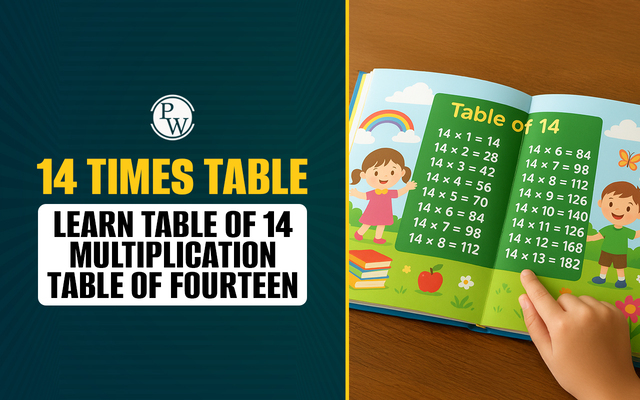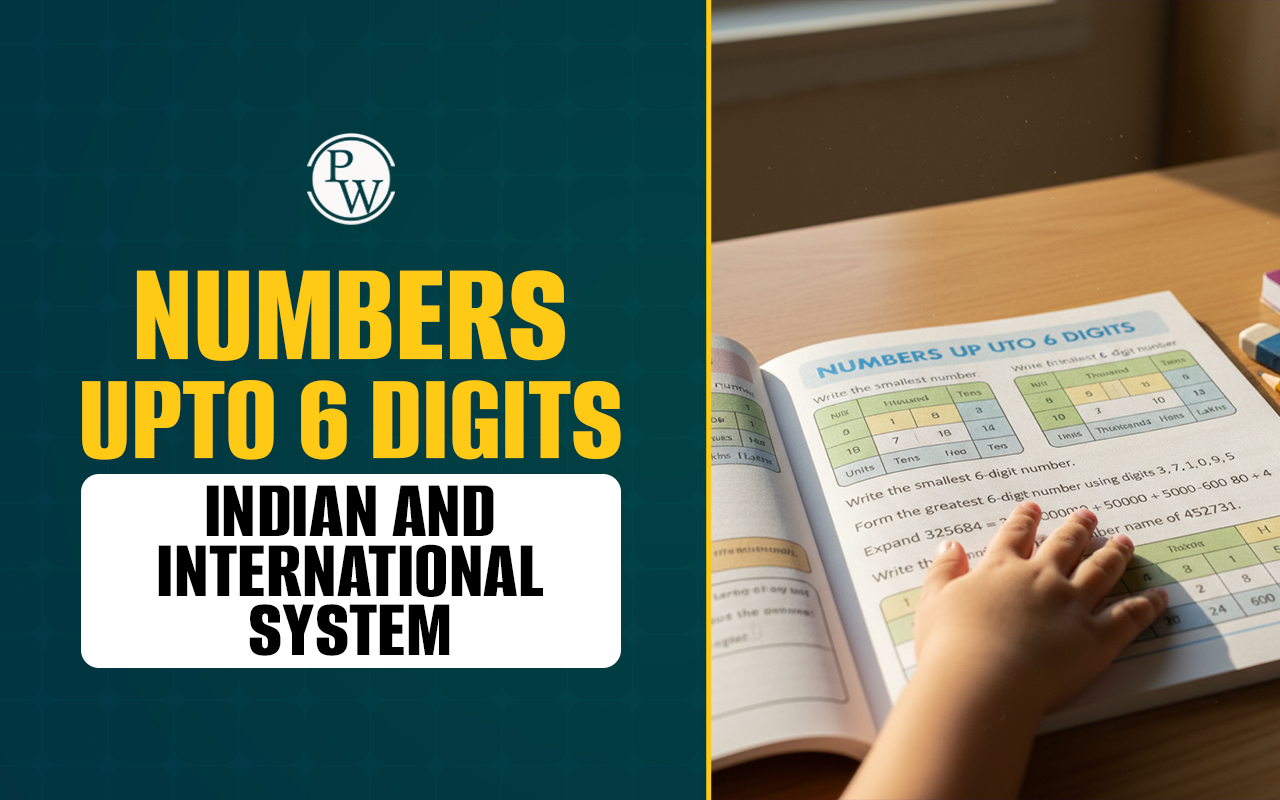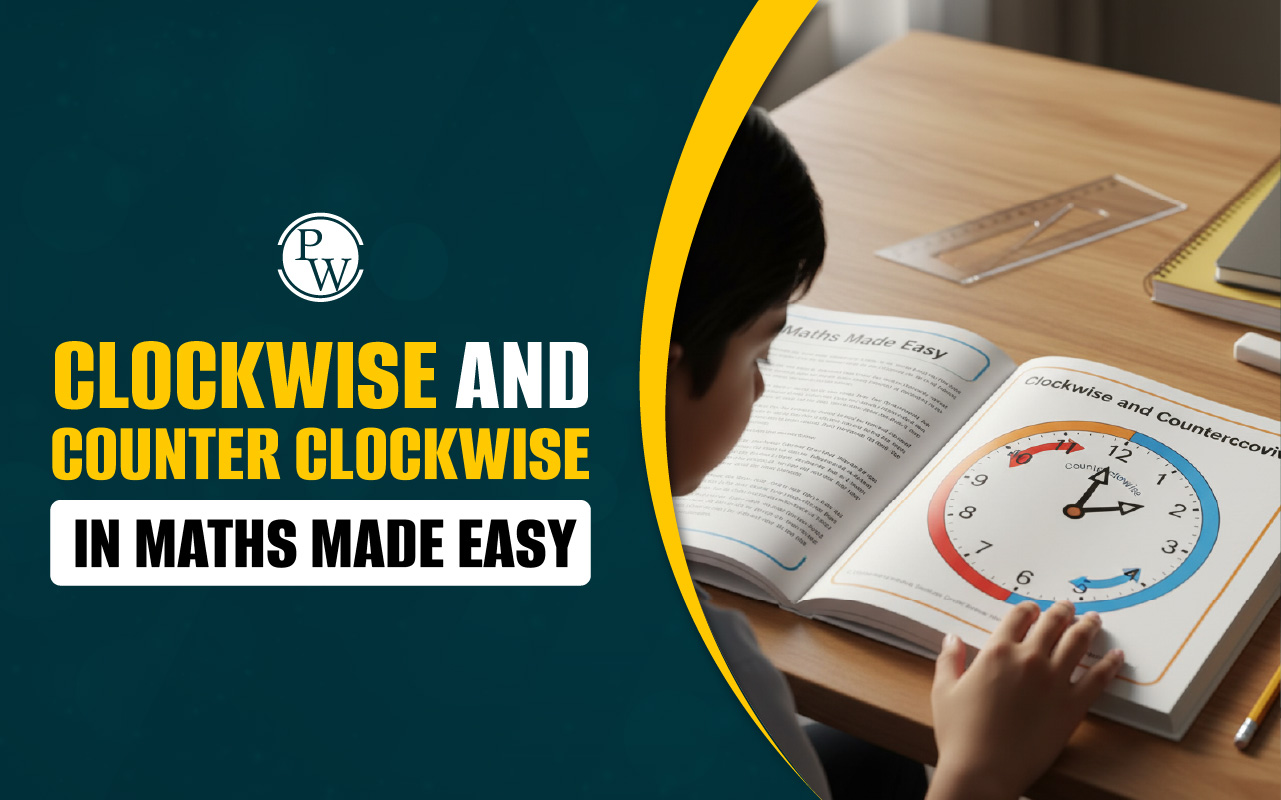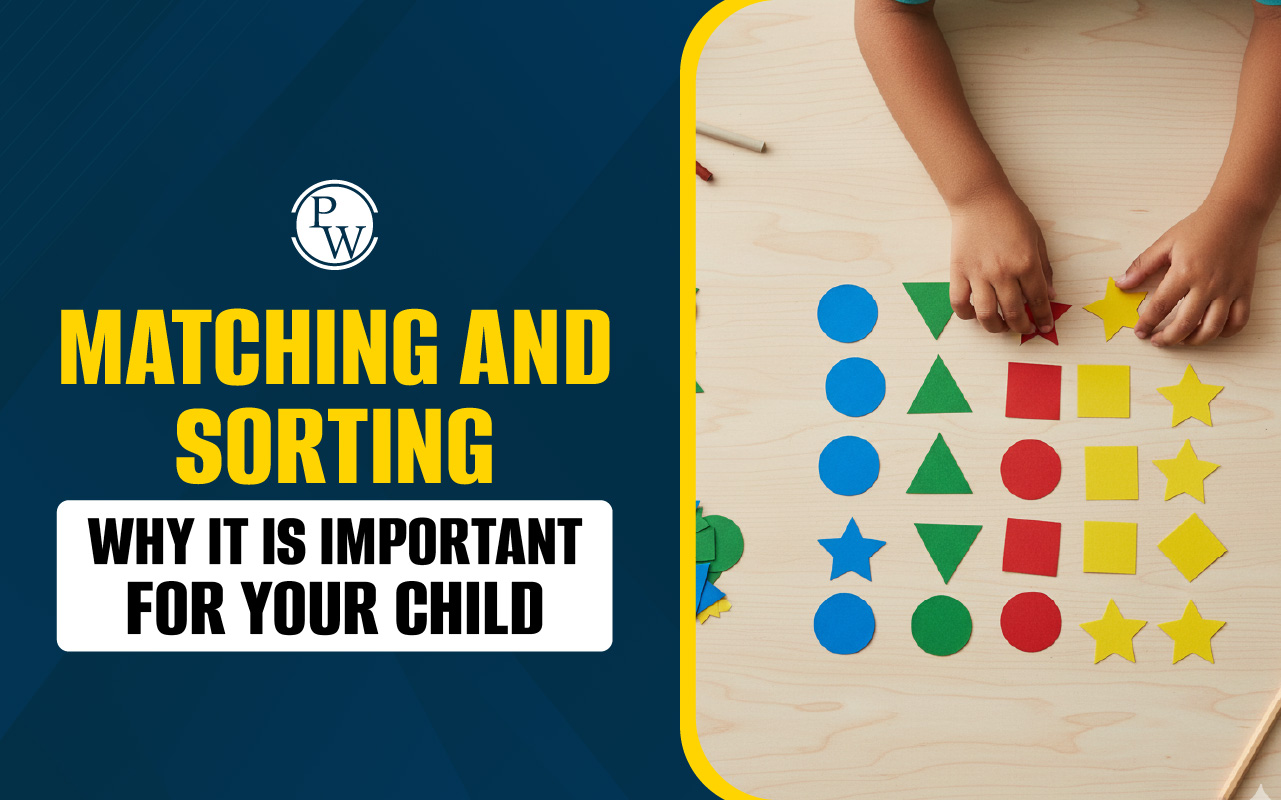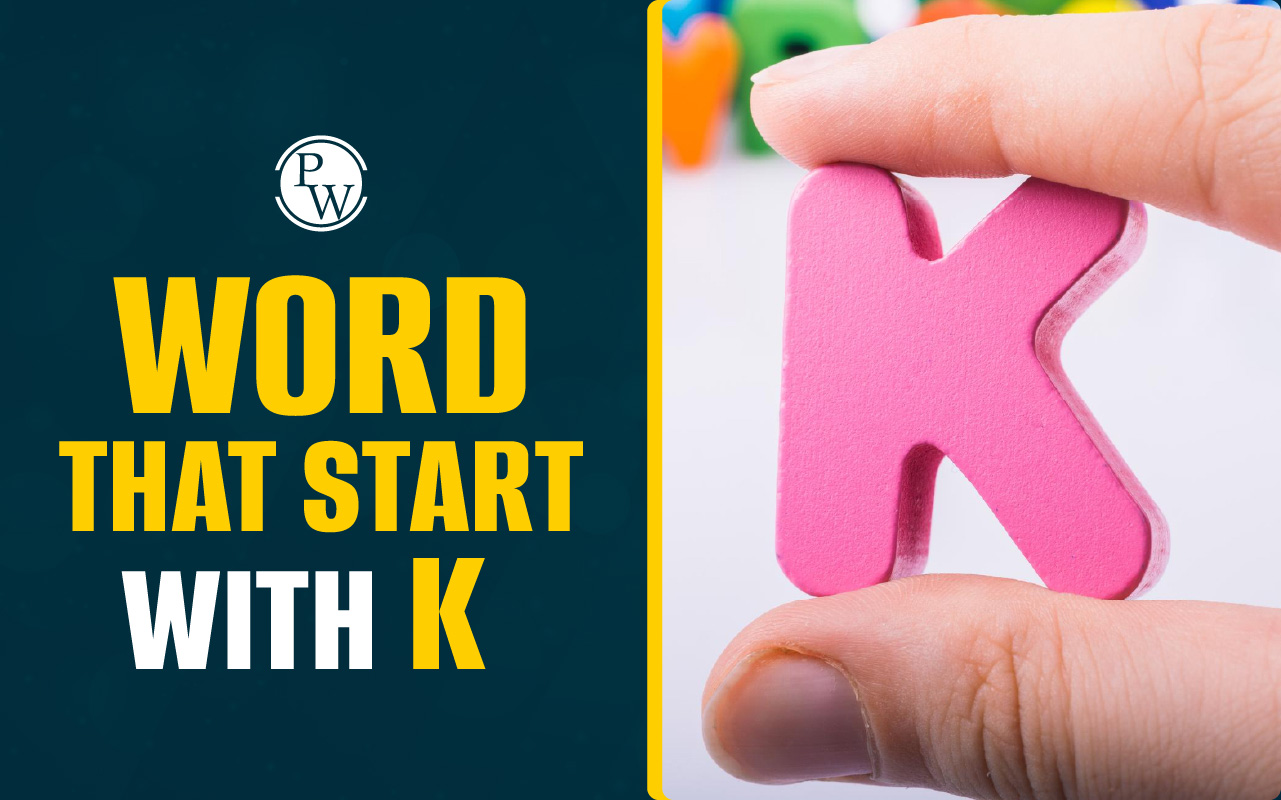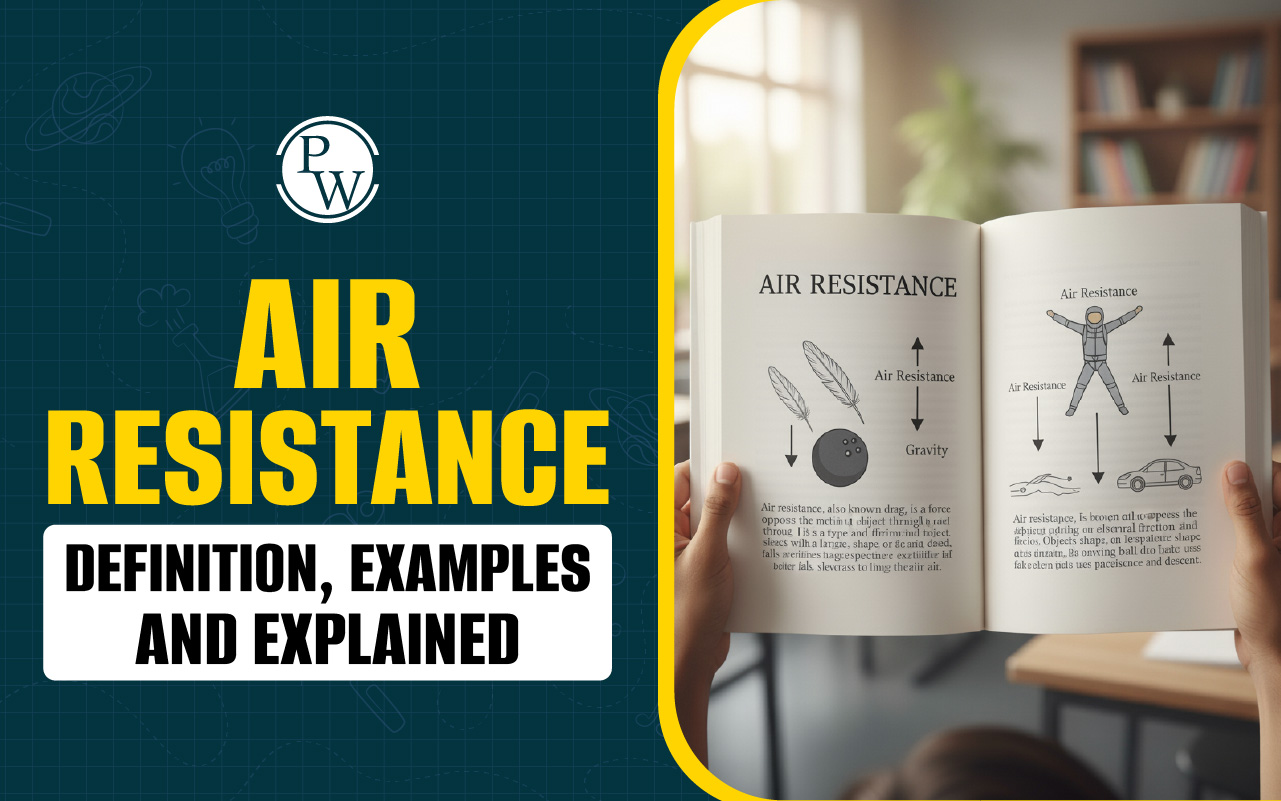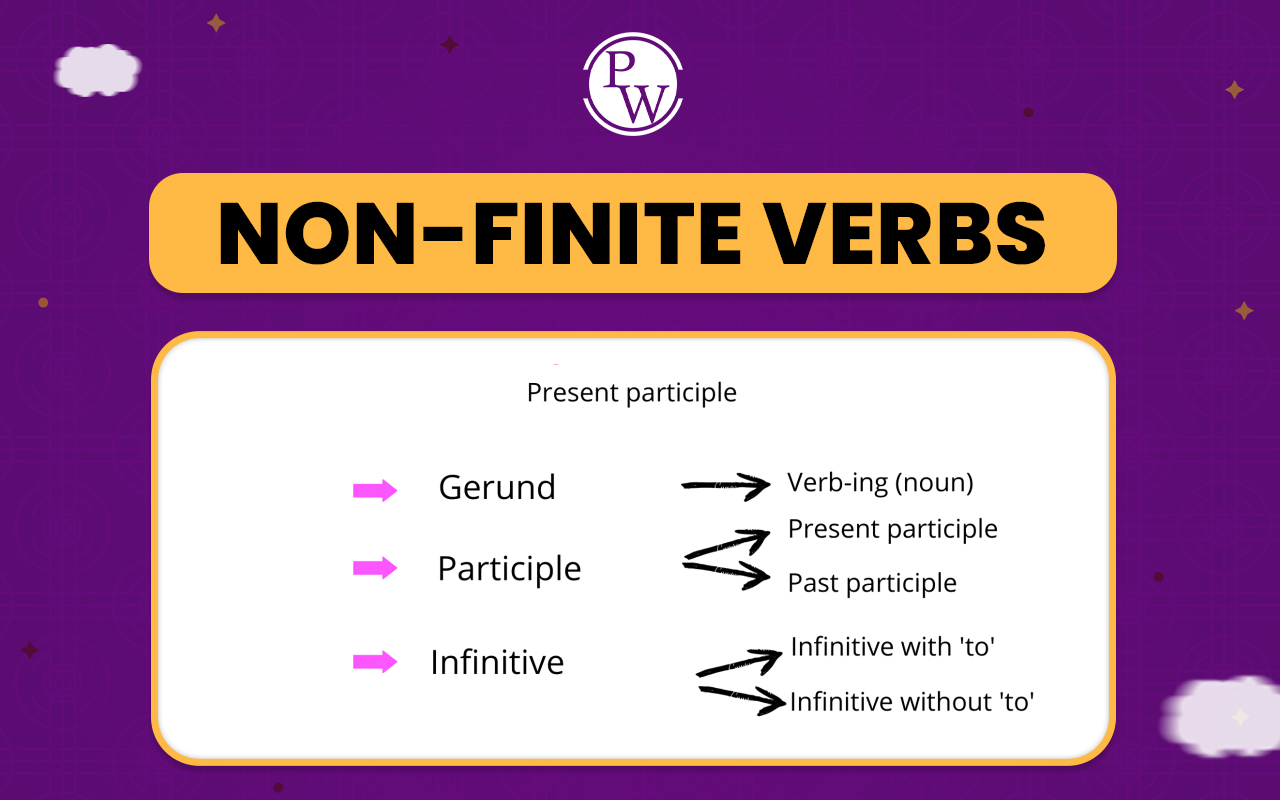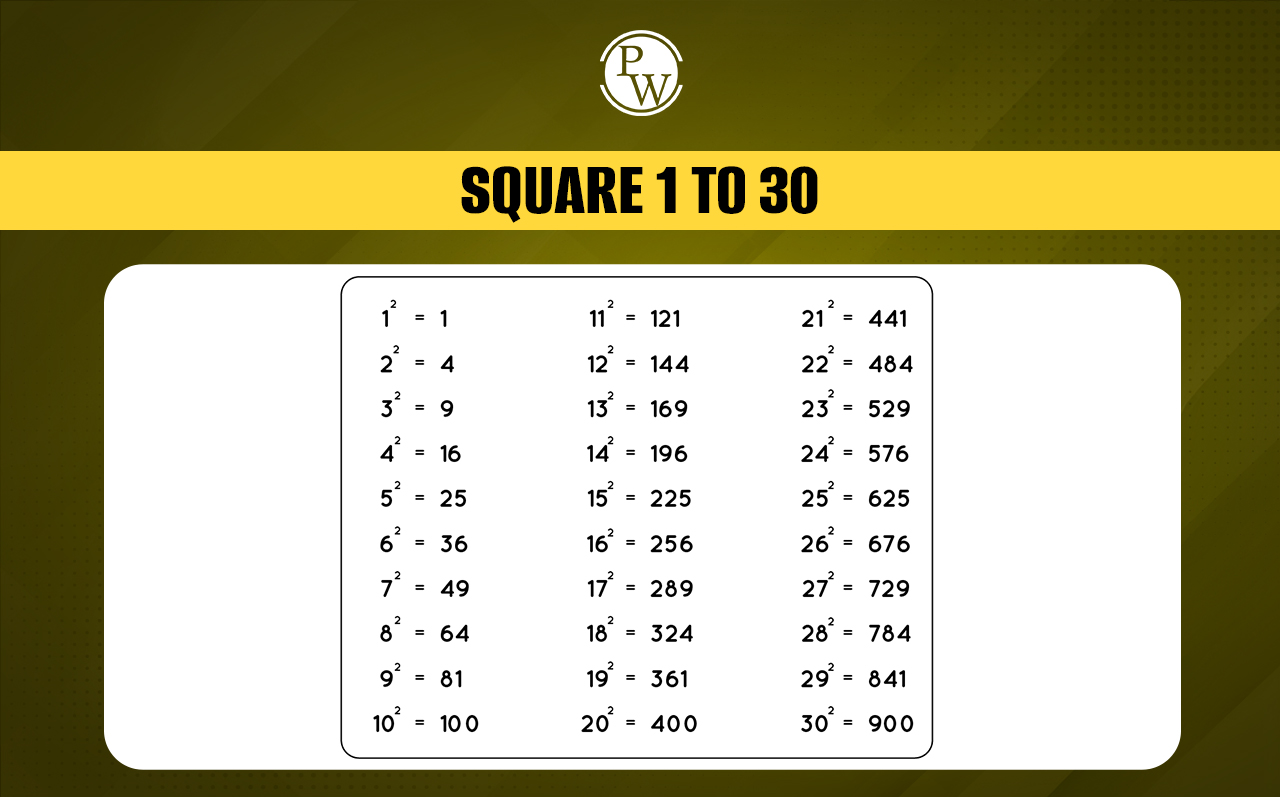

Fraction Questions for Class 5: Fraction questions for Class 5 focus on helping students understand the concept of fractions, their types and how to perform operations with them.
Students learn to identify proper and improper fractions, as well as mixed numbers. They practice adding, subtracting, multiplying and dividing fractions, often with visual aids like pie charts or number lines to reinforce understanding. These questions aim to build a solid foundation in fraction concepts and operations preparing students for more advanced mathematical concepts in the future.What are Fractions?
Fractions are a way to represent a part of a whole. They are written in the form a/b, where a and b are whole numbers, also, b ≠ 0.Types of Fractions:
Proper Fraction : This is when the numerator is less than the denominator, meaning the fraction represents a part of a whole.
Improper Fraction : This occurs when the numerator is greater than or equal to the denominator, indicating a value greater than one whole.
Mixed Fraction : A mixed fraction combines a whole number with a proper fraction, representing a value that includes both whole and fractional parts.
Fractions are used in various real-life situations, such as cooking, measuring, and dividing items, making them an essential concept in mathematics. Understanding fractions helps in learning more advanced mathematical topics and in everyday decision-making.Fraction Questions for Class 5 Overview
These fraction questions are created by subject experts of Physics Wallah to help Class 5 students strengthen their understanding of fractions. The questions cover various types of fractions, including proper fractions, improper fractions and mixed fractions, ensuring a comprehensive grasp of the topic. This resource aims to build confidence in handling fractions and prepares students for more advanced concepts in mathematics making learning both enjoyable and effective.Fraction Questions for Class 5 PDF
The PDF containing Fraction Questions for Class 5 is created to provide students with a detailed set of practice problems on fractions. By working through the exercises in the PDF students can enhance their understanding and problem-solving skills related to fractions. Access the PDF link below to start practicing and mastering fractions today.Fraction Questions for Class 5 PDF
Fractions Questions and Answers
Here are some common fractions questions along with their answers that are suitable for Class 5 students:1. How many 2/3 kg pieces can be cut from a cake of weight 4 kg?
Solution:
Let p be the number 2/3 kg pieces that are cut from a 4 kg cake. So, p × (2/3) = 4 p = 4 × (3/2) = 2 × 3 = 6 Therefore, six 2/3 kg pieces can be cut from a cake of weight 4 kg.
Properties of Fractions:
|
2. What is the product of 5/129 and its reciprocal?
Solution:
Given fraction: 5/129 Here, numerator = 5 Denominator = 129 Reciprocal of 5/129 = 129/5 The product of 5/129 and its reciprocal = (5/129) × (129/5) = 1.3. Sunita and Rehana want to make dresses for their dolls. Sunita has 3/4 m of cloth, and she gave 1/3 of it to Rehana. How much did Rehana have?
Solution:
Length of cloth Sunita has = 3/4 m According to the given, Sunita has 3/4 m of cloth, and she gave 1/3 of it to Rehana. Therefore, the length of cloth Rehana has = 1/3 of 3/4 m = (1/3) x (3/4) m = 1/4 m4. Anuradha can do a piece of work in 6 hours. What part of the work can she do in 1 hour, in 5 hours, in 6 hours?
Solution:
Let m be the whole work to be done. The part of work done by Anuradha in 6 hours = m Thus, the part of work done by her in 1 hour = m/6 The part of work done by her in 5 hours = (m/6) x 5 = 5m/6 The part of work done by her in 6 hours = (m/6) x 6 = m Therefore, Anuradha can do 1/6 part of work in 1 hour, 5/6 part of work in 5 hours and the complete work in 6 hours.
Division of Fractions
|
5. Multiply the following fractions.
(i) (⅖) × 5 ¼
(ii) 2 ⅗ × 3
Solution:
(i) (⅖) × 5 ¼ Here, 5 ¼ is a mixed fraction. Let us convert this mixed fraction into an improper fraction. 5 ¼ = [(5 × 4) + 1]/4 = 21/4 Thus, (⅖) × 5 ¼ = (⅖) × (21/4) = 21/10 (ii) 2 ⅗ × 3 Here, 2 ⅗ is a mixed fraction. Let us convert this mixed fraction into an improper fraction. 2 ⅗ = [(2 × 5) + 3]/5 = 13/5 Therefore, 2 ⅗ × 3 = (13/5) × 3 = 39/56. Divide 3/10 by (1/4 of 3/5).
Solution:
1/4 od 3/5 = (1/4) × (3/5) = 3/(4 × 5) = 3/20 3/10 ÷ (1/4 of 3/5) = 3/10 ÷ 3/20 = (3/10) × (20/3) = 28. Evaluate the following:
(i) 3 ½ ÷ 4
(ii) 4 ⅓ ÷ 3
Solution:
(i) 3 ½ ÷ 4 Here, 3 ½ is a mixed fraction. 3 ½ = (3 × 2 + 1)/2 = 7/2 3 ½ ÷ 4 = 7/2 ÷ 4 = (7/2) × (¼) = 7/8 (ii) 4 ⅓ ÷ 3 Here, 4 ⅓ is a mixed fraction. 4 ⅓ = (4 × 3 + 1)/3 = 13/3 4 ⅓ ÷ 3 = 13/3 ÷ 3 = (13/3) × (⅓) = 13/99. 1/8 of a number equals 2/5 ÷ 1/20. What is the number?
Solution:
Let p be the number. According to the given, (1/8) × p = 2/5 ÷ 1/20 p/8 = (2/5) × (20/1) p/8 = 2 × 4 p = 8 × 8 p = 64 Hence, 64 is the required number.10. Raj travels 360 km on three-fifths of his petrol tank. How far would he travel at the same rate with a full tank of petrol?
Solution:
Distance travelled by Raj with three-fifths (i.e. ⅗) of petrol tank = 360 km Distance travelled by him with a full petrol tank = (360 ÷ 3/5) km = (360 x 5)/3 km = 120 x 5 km = 600 km.Practice Questions on Fractions
1. The weight of an object on the moon is 1/6 its weight on the Earth. If an object weighs 5 3/5 kg on the Earth, how much would it weigh on the moon? 2. Lipika reads a book for 1 ¾ hour every day. She reads the entire book in 6 days. How many hours in all were required by her to read the book? 3. Multiply and reduce to the lowest form (if possible).- 11/2 × 3/10
- 4/5 × 12/7
- 2/9, 2/3, 8/21
- 1/5, 3/7, 7/10
Tips and Tricks to Solve Fraction Questions for Class 5
Here are some helpful tips and tricks for Class 5 students to solve fraction questions effectively:Understand the Basics : Know the components of a fraction: the numerator (top number) and denominator (bottom number). The numerator represents how many parts you have, while the denominator represents the total number of equal parts in a whole.
Find a Common Denominator : When adding or subtracting fractions, always find a common denominator. This makes it easier to combine the fractions.
Simplify Fractions : Always simplify your fractions to their lowest terms. Divide the numerator and denominator by their greatest common divisor (GCD).
Convert Improper Fractions to Mixed Numbers : If you have an improper fraction (where the numerator is larger than the denominator), you can convert it to a mixed number. Divide the numerator by the denominator. The quotient becomes the whole number, and the remainder is the new numerator.
Use Visual Aids : Draw pictures or use fraction bars to visualize fractions. This can help you understand how fractions add up or how they relate to each other.
Practice with Real-Life Examples : Use real-life situations to practice fractions, like sharing a pizza or measuring ingredients in a recipe. This makes learning fractions fun and relevant.
Keep the Same Operation : When adding or subtracting fractions, keep the operation consistent. You can only add or subtract fractions when they have the same denominator. If they don't, convert them first!
Double-Check Your Work : After solving a fraction problem, take a moment to review your work. Check your calculations to ensure accuracy.
Practice, Practice, Practice : The more you practice fraction problems, the more comfortable you will become. Use worksheets, online resources, or math games to reinforce your skills.
Fraction Questions for Class 5 FAQs
How do I add fractions?
How do I subtract fractions?
How do I divide fractions?
What does it mean to simplify a fraction?

